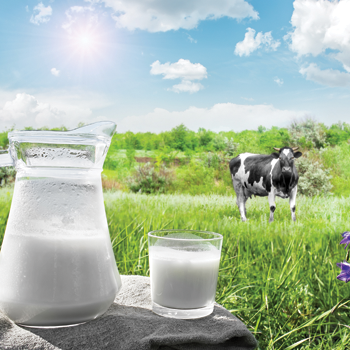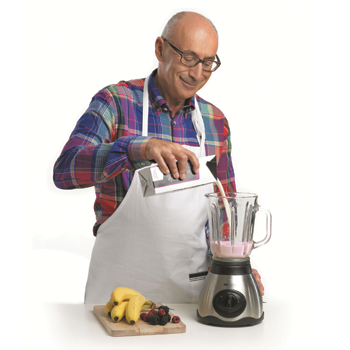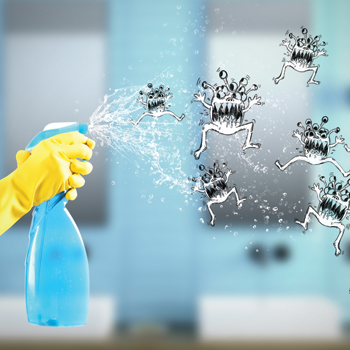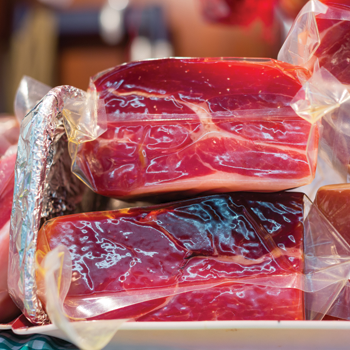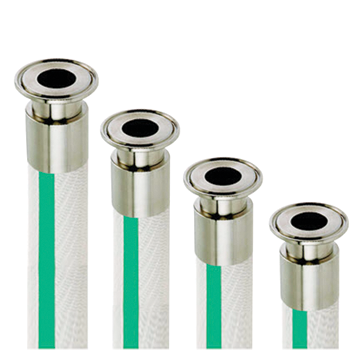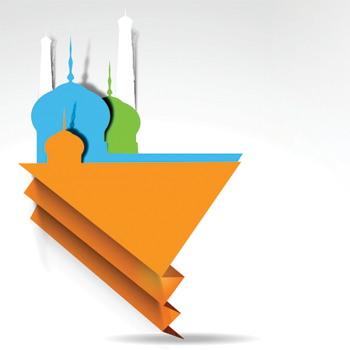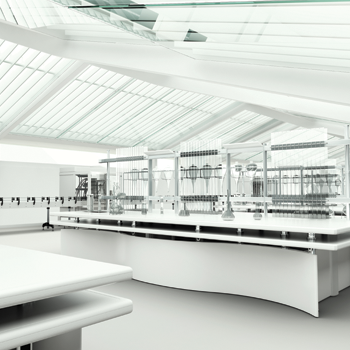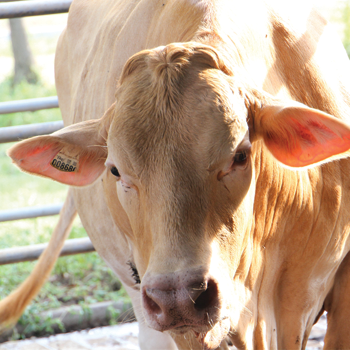พาชมแหล่งผลิตนมคุณภาพ ภายใต้การใช้เทคโนโลยีระบบออโตเมชันที่สมบูรณ์แบบที่สุดในเวียดนาม
โดย: พิมพ์ชนก กนกลาวัณย์
Pimchanok Kanoklawan
Senior Journalist
Food Focus Thailand Magazine
บริษัทหุ้นส่วนนมกู๋จี ณ เมืองโฮจิมินห์ ประเทศเวียดนาม คือหนึ่งในผู้ผลิตสินค้าเกษตรและอาหารที่มีความน่าสนใจในด้านของการบริหารจัดการและการนำเทคโนโลยีระบบออโตเมชันเข้ามาพัฒนาการผลิตแบบครบวงจร โดยบริษัทฯ ถือกำเนิดจากการทำเกษตรออร์แกนิก แล้วขยายธุรกิจไปสู่ฟาร์มโคนมออร์แกนิก จนกระทั่งต่อยอดเป็นโรงงานขนาดกลางที่ผลิตและจัดจำหน่ายนมสดพาสเจอร์ไรส์ โยเกิร์ต เเละชานมบรรจุขวดที่มีความทันสมัยแห่งหนึ่งในเมืองโฮจิมินห์
บริษัทหุ้นส่วนนมกู๋จี ได้เริ่มต้นธุรกิจบนพื้นที่ราว 125 ไร่ สำหรับการผลิตสินค้าเกษตรที่หลากหลายและครบวงจร เริ่มจากโรงเรือนเพาะเห็ด สวนกล้วยไม้ สวนผักและผลไม้ ฟาร์มโคนม แกะ แพะ และเปิดเป็นสถานที่ท่องเที่ยวเชิงเกษตรสำหรับนักท่องเที่ยวและผู้ที่สนใจได้มาเยี่ยมชม โดยเพื่อเป็นการต่อยอดธุรกิจฟาร์มโคนม บริษัทฯ ได้ก่อตั้งโรงงานผลิตนมสดพาสเจอร์ไรส์ โยเกิร์ต เเละชานมบรรจุขวดขึ้นในปี 2556 โดยได้รับการออกแบบ ผลิต และติดตั้งเครื่องจักรระบบออโตเมชันแบบครบวงจรจาก บริษัท พัฒน์กล จำกัด (มหาชน) ผู้เชี่ยวชาญด้านงานวิศวกรรมอาหารและเครื่องดื่มจากประเทศไทย
จุดที่ 1 โรงเรือนเพาะเห็ดต้นแบบ
“ทุกกิจกรรมภายในฟาร์มดำเนินการตามระบบเกษตรอินทรีย์ทั้งหมด” คุณเหงียน ถิ ทู เฮือง เจ้าของบริษัทหุ้นส่วนนมกู๋จี กล่าวกับนิตยสาร ฟู้ด โฟกัส ไทยแลนด์ พร้อมกับเล่าถึงธุรกิจทั้งหมดว่า “เราเริ่มต้นธุรกิจจากการเพาะเห็ดจำหน่าย โดยมีพ่อค้าจากพื้นที่ใกล้เคียงมารับซื้อไปจำหน่ายต่อและส่วนหนึ่งเราจำหน่ายที่หน้าร้านของเราเอง ต่อมาได้เพิ่มมูลค่าเห็ดด้วยการนำมาอบแห้ง ปรุงรส และเริ่มเป็นที่รู้จักมากขึ้น หลายคนตามมาซื้อถึงหน้าฟาร์ม และเป็นจุดเริ่มต้นที่เราเปิดให้ผู้ที่สนใจเข้ามาชมโรงเรือนเพาะเห็ดด้วย” ปัจจุบันที่นี่มีการเพาะเห็ดหลากหลายชนิด อาทิ เห็ดนางฟ้าภูฎาน ขอนขาว นางรม และหลินจือ โดยถัดจากโรงเรือนเพาะเห็ดก็จะเป็นพื้นที่ของสวนกล้วยไม้ สวนผักและผลไม้ อีกทั้งยังมีพื้นที่บางส่วนสำหรับปลูกหญ้าซึ่งกินพื้นที่ยาวไปจนถึงฟาร์มโคนม แกะ แพะ เลยทีเดียว
Cu Chi Milk Joint Stock Company Limited in Ho Chi Minh City, Vietnam is one of the most interesting agricultural and food producers in the field of management and automation technology for the development of integrated production. The company was found as organic farming. After that it has expanded to an organic dairy farm, and become one of the most modern medium-sized dairy producer and distributor for pasteurized milk, yoghurt and bottled milk tea in Ho Chi Minh City.
Cu Chi Milk Joint Stock Company Limited has started its business on 125 rai of land for producing a various agricultural product, doing integrated farming for mushroom cottage, orchid garden, fruit and vegetable farms, dairy cows, goats and sheep, while the place is also opened as an agricultural tourist attraction for tourists and interested visitors. In order to promote its dairy business, the company has established a dairy production plant for producing pasteurized milk, yogurt and bottled milk tea in 2013. The factory has been designed and installed with high technology automation machineries by Patkol Public Company Limited, leading company in engineering business of food and beverage production process and cooling system from Thailand.
First Stop: The Flagship Mushroom Cottage
“All activities within the farm are carried out in accordance with the organic farming system,” Mrs. Nguyen Thi Thu Huong, co-owner of Cu Chi Milk Joint Stock Company Limited said to Food Focus Thailand magazine. “We have started the mushroom farming business by merchandising our products to traders in nearby areas. Later on, The company has increased value-added for mushroom by making various products such as dried mushroom, and cooked mushroom. Our products then have become more recognized so that many people come to the farm by themselves and that it was a great start to a farm visit activity. Many kinds of mushrooms are growing here in current such as Bhutan mushroom, white mushroom, oyster mushroom, and Lingzhi or Reishi mushroom. Next to the mushroom cottage are orchid garden, and vegetables and fruits plantation areas, while some part of the farm is for growing grasses and for feeding dairy cows, sheep, and goats.”
